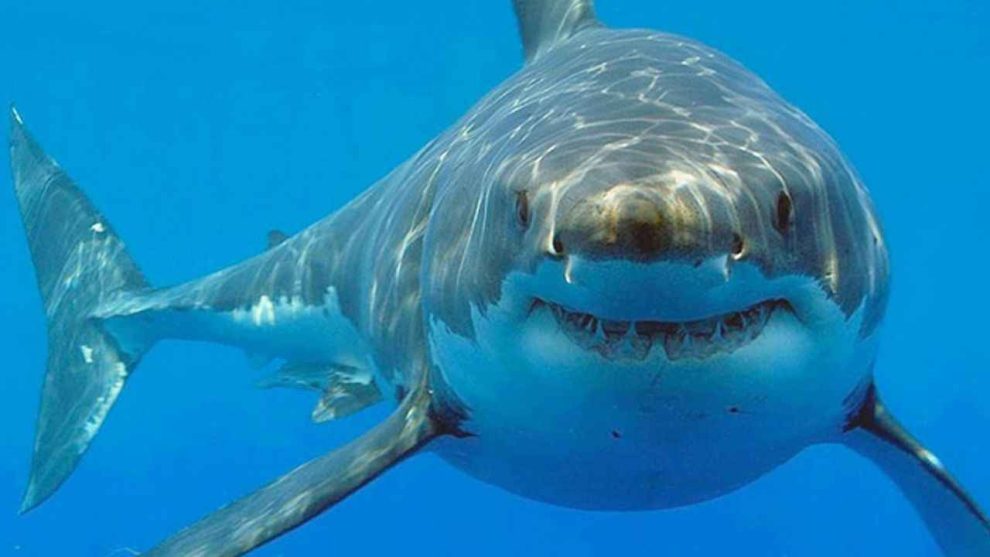Sharks have long captured the imagination and curiosity of humans. Among the many species of sharks, the great white shark stands out as a formidable and iconic creature. In this blog, we will explore the captivating world of the great white shark, delving into its characteristics, behavior, and conservation status.
Physical Characteristics
The great white shark (Carcharodon carcharias) is one of the largest predatory sharks in the world. It is known for its distinctive torpedo-shaped body, powerful tail, and rows of sharp, serrated teeth. Adult great white sharks can reach lengths of up to 20 feet (6 meters) and weigh over 4,000 pounds (1,800 kilograms).
The shark’s upper body is dark gray or blue-black in color, providing effective camouflage from above. Its underside is white, blending in with the sunlight filtering through the water when viewed from below. This coloration helps the shark ambush its prey by remaining virtually invisible.
Behavior and Diet
Great white sharks are apex predators, sitting at the top of the ocean food chain. They are known for their powerful hunting skills and voracious appetites. These sharks primarily feed on marine mammals such as seals, sea lions, and dolphins. They are also opportunistic feeders and will consume a variety of fish, squid, and even other sharks.
To catch its prey, the great white shark employs various hunting techniques. It often relies on stealth and surprise, approaching its target from below and using bursts of speed to propel itself out of the water, breaching the surface. This behavior is commonly observed when they attack seals or launch themselves at schools of fish.
Conservation Status and Misconceptions
Great white sharks are classified as vulnerable by the International Union for Conservation of Nature (IUCN). They face significant threats from overfishing, habitat loss, and accidental capture in fishing gear. Additionally, the demand for their fins, teeth, and jaws in the illegal wildlife trade poses a severe risk to their populations.
Despite their fearsome reputation, great white sharks are often misunderstood. Contrary to popular belief, they are not indiscriminate man-eaters. While they may occasionally attack humans, these incidents are extremely rare, and most encounters are a result of mistaken identity or curiosity. Great white sharks play a crucial role in maintaining healthy ocean ecosystems, and their conservation is essential for maintaining biodiversity.
Conservation Efforts and Research
Efforts are underway worldwide to protect great white sharks and their habitats. Various countries have implemented regulations to control fishing practices, ban finning (the practice of removing shark fins and discarding the rest of the body), and establish marine protected areas.
Scientists and researchers are also studying great white sharks to gain a deeper understanding of their behavior and ecology. They employ advanced technologies, such as satellite tagging and DNA analysis, to track the movements of these sharks and uncover crucial information about their migratory patterns, feeding habits, and population dynamics.
Conclusion
In conclusion, the great white shark is a magnificent and awe-inspiring creature that has captured the fascination of humans for generations. Its powerful physique, hunting prowess, and crucial role in marine ecosystems make it an iconic and important species. However, great white sharks face significant conservation challenges, and efforts to protect and preserve these majestic creatures are of utmost importance. By promoting awareness, implementing conservation measures, and dispelling misconceptions, we can ensure the long-term survival of great white sharks and maintain the delicate balance of our oceans.



















Add Comment